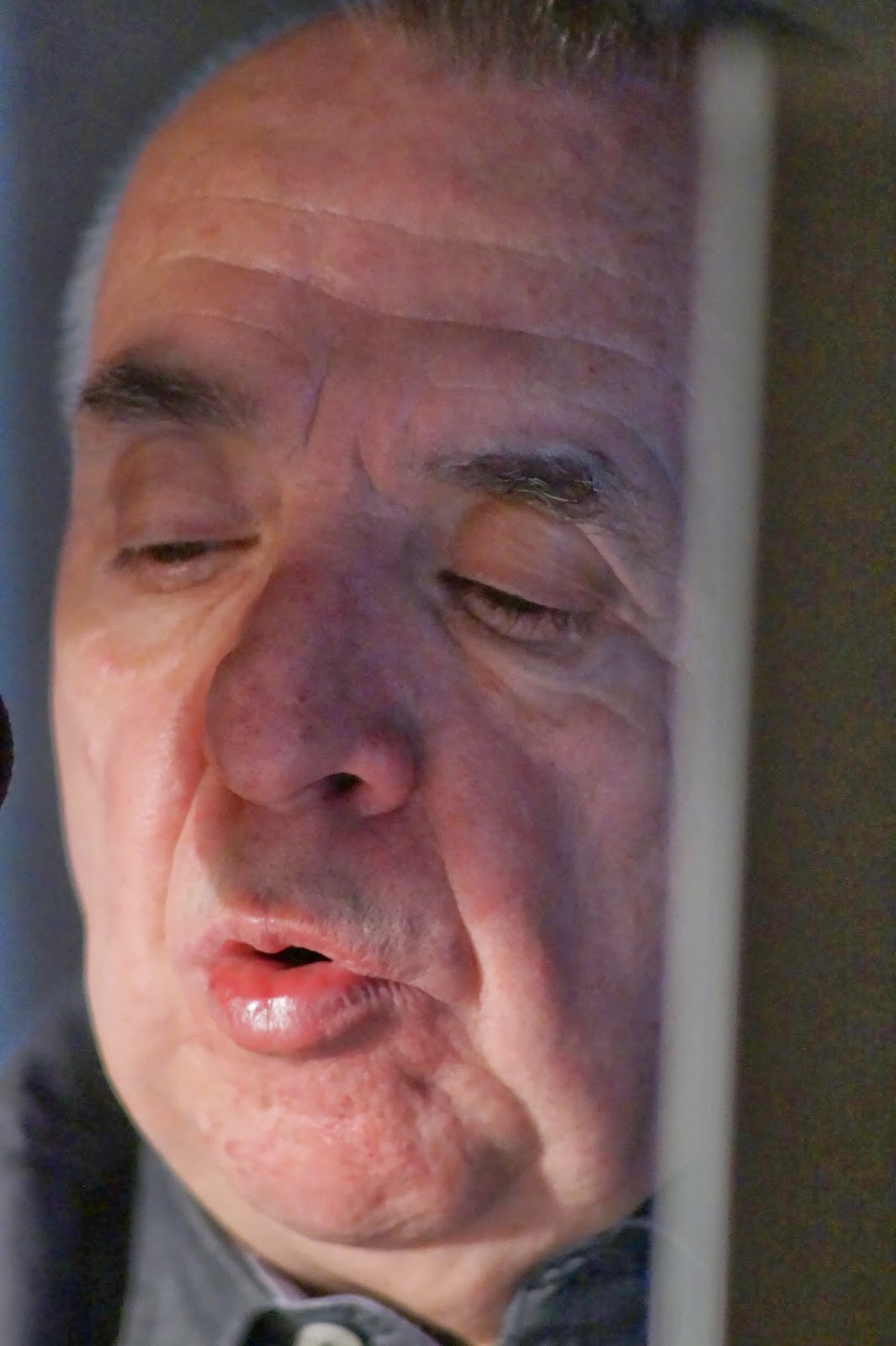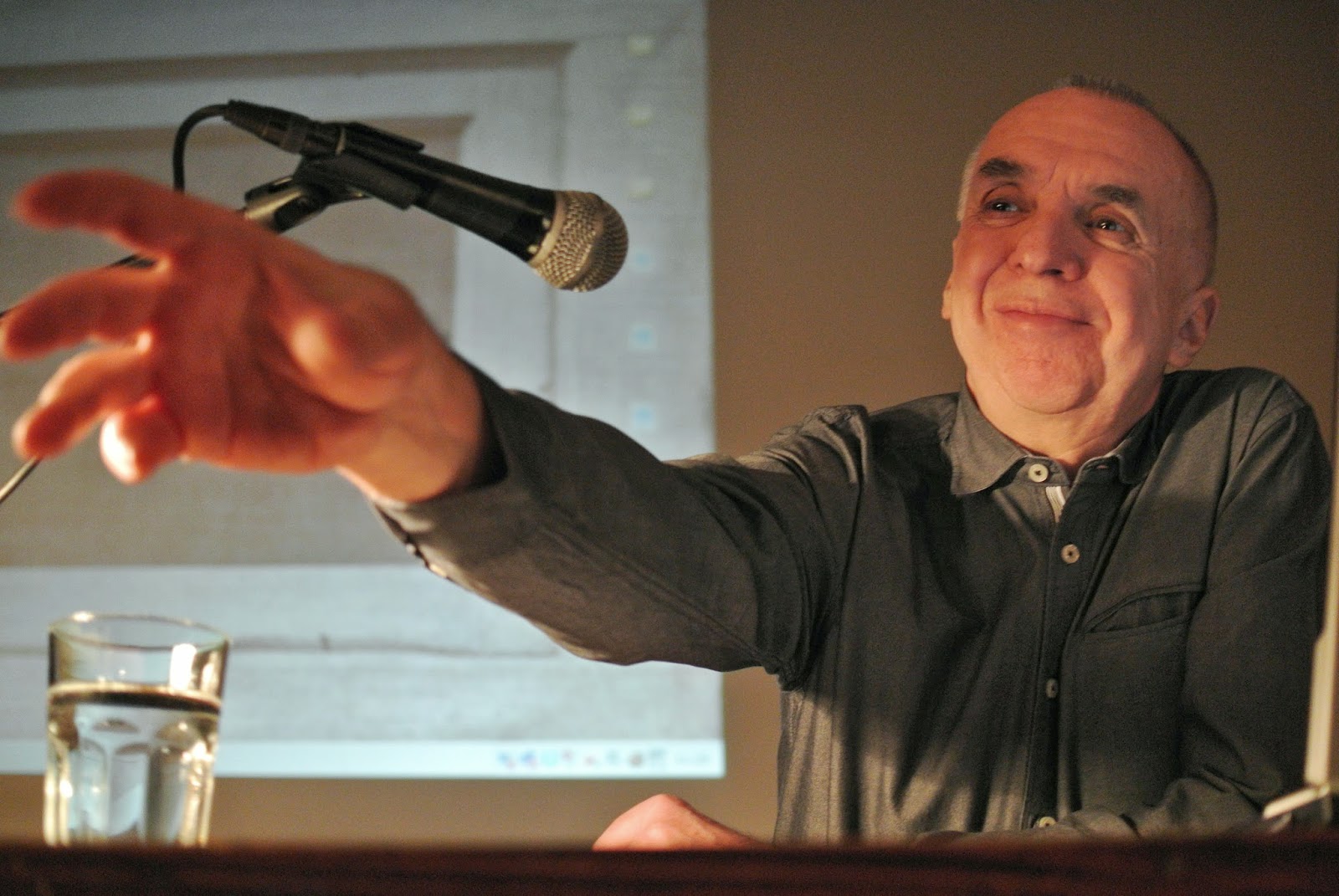Born Vienna 1952, Drawings since 1962, Music since 1964, Photography
since 1967, Architecture since 1970, Videos since 1977, Films since
1981, Sounds since 1981, Performances since 1983 in Austria, France,
Germany, Luxemburg, England, Marocco, Greece and Turkey
SHIRLEY - VISIONS OF REALITY
Synopsis
13 of Edward Hopper’s paintings are brought alive by the film, telling the story of a woman, whose thoughts, emotions and contemplations lets us observe an era in American history.
Shirley is a woman in America in the 1930s, ‘40s, ‘50s, and early
‘60s. A woman who would like to influence the course of history with her
professional and socio-political involvement. A woman who does not
accept the reality of the Depression years, WWII, the McCarthy era, race
conflicts and civil rights campaigns as given but rather as generated
and adjustable. A woman whose work as an actress has familiarised her
with the staging of reality, the questioning and shaping of it; an
actress who doesn’t identify her purpose and future with that of solo
success or stardom but who strives to give social potency to theatre as
part of a collective. A woman who cannot identify with the traditional
role model of a wife yet longs to have a life partner. A woman who does
not compromise in moments of professional crisis and is not afraid to
take on menial jobs to secure her livelihood. A woman who in a moment of
private crisis decides to stick with her partner and puts her own
professional interest on the back burner. A woman who is infuriated by
political repression yet not driven to despair, and who has nothing but
disdain for betrayal.
Shirley, an attractive, charismatic, committed, emancipated woman.
Directors statement
As the starting point for this film, which has at its heart the
staging of reality and the dialogue of painting and film, I selected
Edward Hopper’s picturesque oeuvre, which on the one hand was influenced
by film noir – in his choice of lighting, subject and framing as seen
in paintings such as Night Windows (1938), Office at Night (1940), Room
in New York (1932) and his irect references to cinema such as in New
York Movie (1939) and Intermission (1963) – and on the other hand
influenced filmmakers such as Alfred Hitchcock, Jim Jarmusch, Martin
Scorsese and Wim Wenders.
Based on my conviction that history is
made up of personal stories and influenced by my reading of John Dos
Pasos’ USA novel trilogy[1]
in which the life stories and destinies of a few are representative of
the wider public and social and cultural history of America, I have
chosen an actress as the film’s protagonist – Shirley – through whose
reflective and contemplative inner monologues we experience America from
the beginning of the 1930’s through to the mid-1960’s.
Here we
have three decades, which have seen great upheavals at all levels –
political, social and cultural – that have changed the country and its
people forever: Pearl Harbour and WWII, the atomic bomb and the
“conquest of space”, McCarthy and the Cold War, the assassination of
John F. Kennedy and the start of the Vietnam War, Duke Ellington and the
big band swing, Billie Holiday and the Southern blues, Elvis Presley
and the rock n’ roll, Bob Dylan, Joan Baez and the protest song, The
Group Theatre, The Living Theatre, Method Acting, The Actor’s Studio and
its affiliated movie stars such as Anne Bancroft, Marlon Brando, James
Dean, Marilyn Monroe, the Stock Market Crash, the Depression, Fordism
and Interstate Highways, race riots and the Ku-Klux-Klan, the March on
Washington and Martin Luther King. These events, names and legends,
which are inscribed into our collective memory, evoke images and moods.
Shirley experiences and reflects all this as a committed and emancipated
actress with left-leaning politics. She enjoys jazz, listening to the
radio and going out and loves film. She is a woman with strong opinions
and both feet on the ground, even during times of personal or
professional crisis. She is attractive, charismatic and likes to play
outsider roles such as that of the prostitute Francie in Sydney
Kingsley’s play Dead End. Besides art, she is also interested
in socio-political issues. As an ensemble member of the Group Theatre
and Living Theatre she combines art with her socio-political
involvement.
While Shirley and her partner Stephen, a
photojournalist for the New York Post, share an apartment on only two
occasions during these three decades, their private and professional
lives are deeply connected: unemployment as a result of the Depression,
disappointment after the betrayal of Group Theatre members in front of
the McCarthy committee, repressions as a result of the
politically-minded theatre, career retirement as a result of an ill
partner, loss of the partner, retirement to the countryside and
questioning of the effectiveness of art, emigration to Europe – personal
destinies that are pursued in front of and influenced by world-changing
events, cultural revolutions and socio-political upheavals.
History is made up of personal stories.
четвъртък, 13 март 2014 г.
Gustav Deutsch - film director of SHIRLEY - VISIONS OF REALITY
Абонамент за:
Коментари за публикацията (Atom)

































































.JPG)





.JPG)

.JPG)


.JPG)
.JPG)

.JPG)
.JPG)

.JPG)


.JPG)
.JPG)
.JPG)






.JPG)


.JPG)




.JPG)

.JPG)






.JPG)




































Няма коментари:
Публикуване на коментар